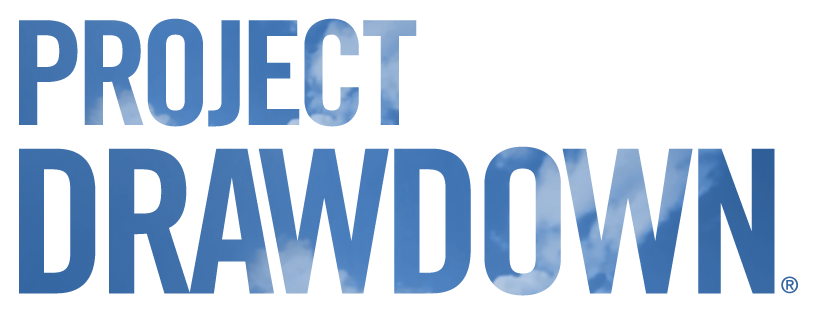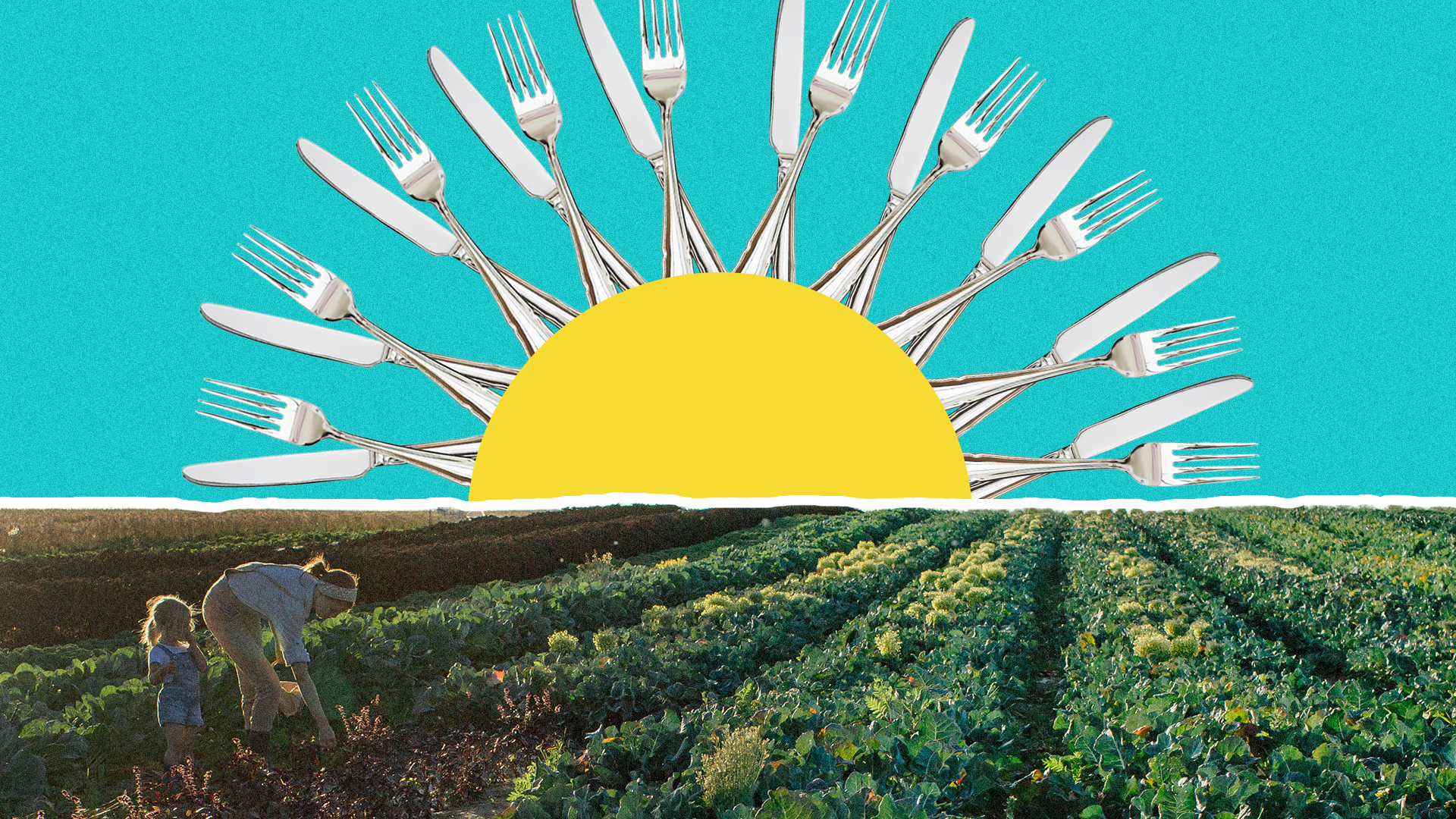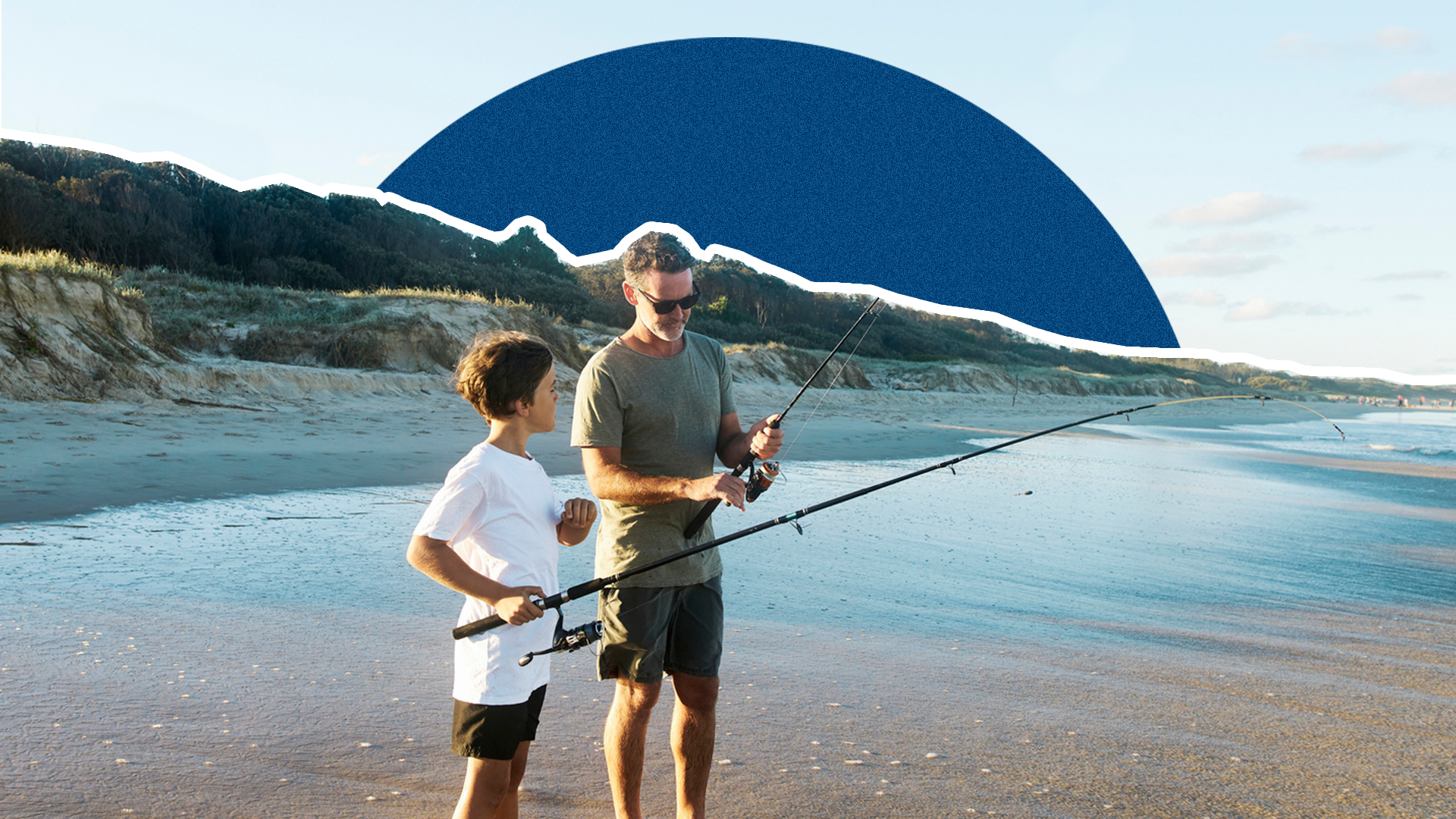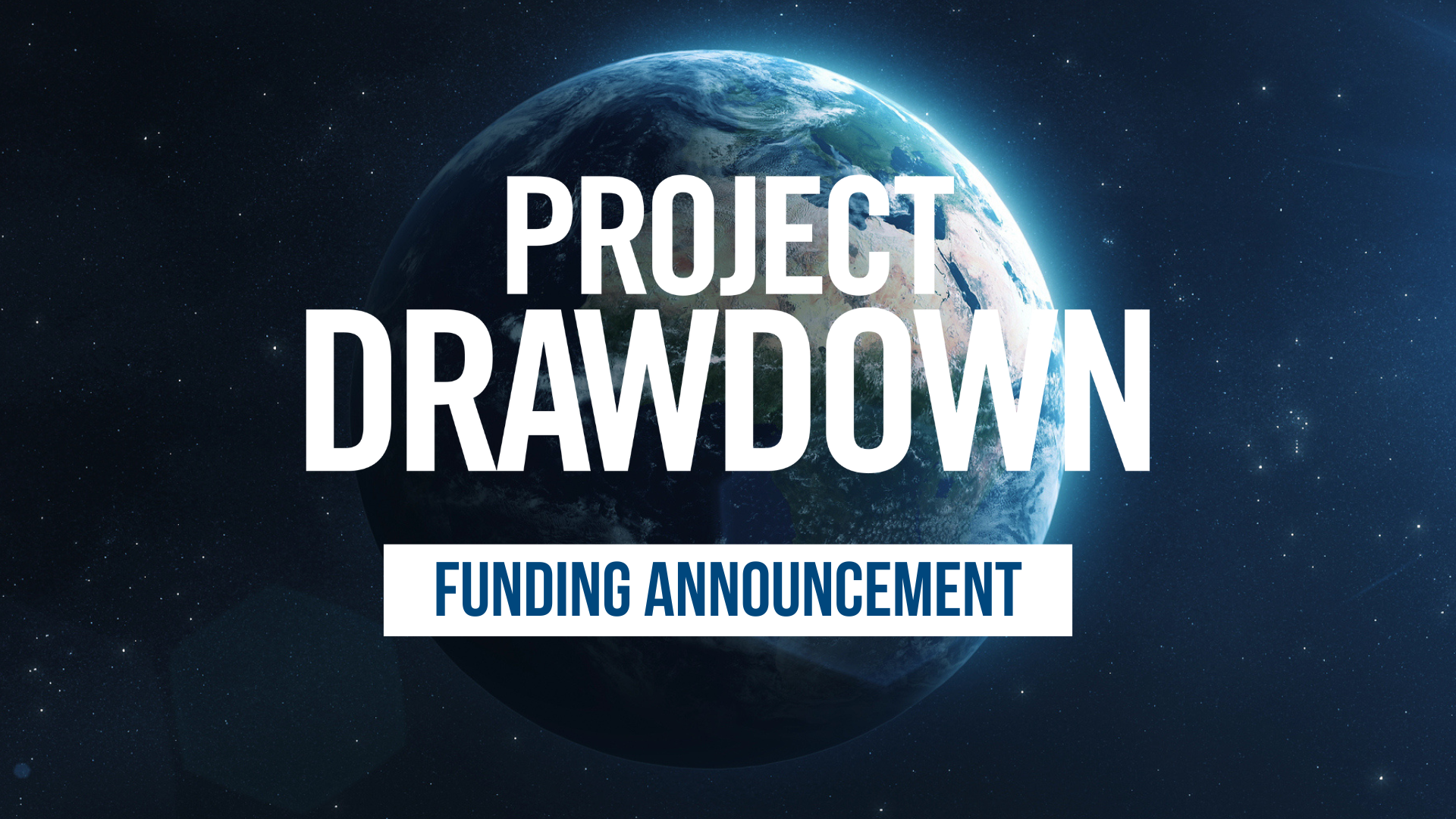Major businesses praise USPS shift to electric delivery fleet
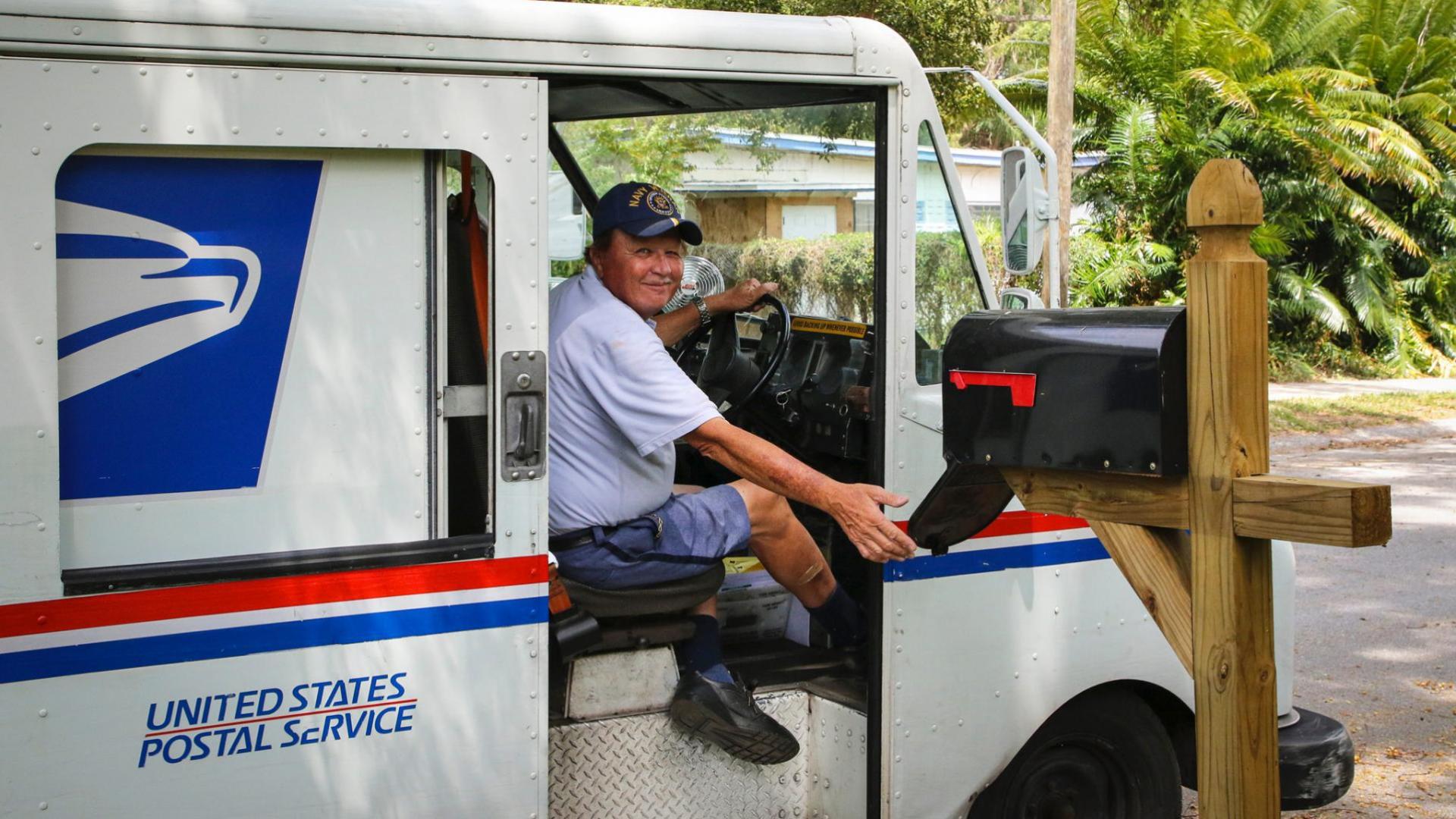
A group of major corporations led by Etsy and eBay is praising the U.S. Postal Service (USPS) for committing to exclusively purchase electric vehicles starting in 2026, in a letter coordinated by Drawdown Labs, Project Drawdown’s private-sector testing ground for accelerating the adoption of climate solutions quickly, safely and equitably.
Etsy and eBay are among the largest e-commerce marketplaces in the country. The USPS is central to their business and to millions of small sellers who run their shops on these platforms.
The USPS is currently transitioning to an all-new fleet of 106,000 delivery vehicles. It announced in December that 62 percent of those purchases over the next five years will have all-electric powertrains and by 2026, 100 percent of newly purchased vehicles will be electric.
The letter from Etsy and eBay also includes signatories Askov Finlayson, Avocado Green, Ben & Jerry’s, Clif Bar, Dr. Bronner’s, A Good Company, Grove Collaborative, Patagonia, Peak Design, Seventh Generation, Stonyfield and Warby Parker.
“This decision sends a message to every business in the United States: it is possible, achievable and necessary to adopt all-electric fleets for corporate transportation and shipping needs,” said Jamie Alexander, director of Drawdown Labs at Project Drawdown. “These companies are working hard to reduce their climate impact, and this move by the USPS enables them to address the difficult-to-abate supply chain emissions. This is good news for all involved.”
With a shift to electric vehicles, the group of companies believe it will not just be good for the environment but good for business as consumers reap the benefits of lower costs and other innovations made possible by electric vehicles.
The nation and the world are quickly transitioning to electric vehicles, led by consumer demand for the many benefits of EVs, including better efficiency, easier maintenance, zero emissions and better performance. That means cleaner air, reduced climate risk and improved health across the globe. Electrifying vehicles is a key climate solution, with the potential to reduce up to 9.8 gigatons of CO2-e by 2050.
“For millions of small sellers and entrepreneurs on Etsy, a modern USPS committed to innovation and sustainability is crucial for the vibrancy of their small and micro businesses,” said Chelsea Mozen, senior director of impact & sustainability at Etsy. “The USPS’s commitment to a robust electric delivery fleet is good for the postal service, good for small businesses and good for America.”
“USPS’s commitment to electric vehicles is great news for small businesses like the many on our platform who rely on USPS to keep their business moving. eBay is proud to support this move toward greater sustainability and a cleaner world,” said eBay chief sustainability officer Renée Morin.
Press Contacts
If you are a journalist and would like to republish Project Drawdown content, please contact press@drawdown.org.
